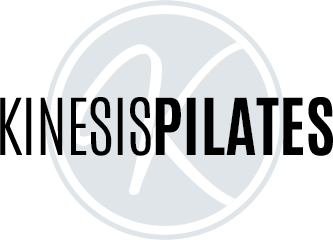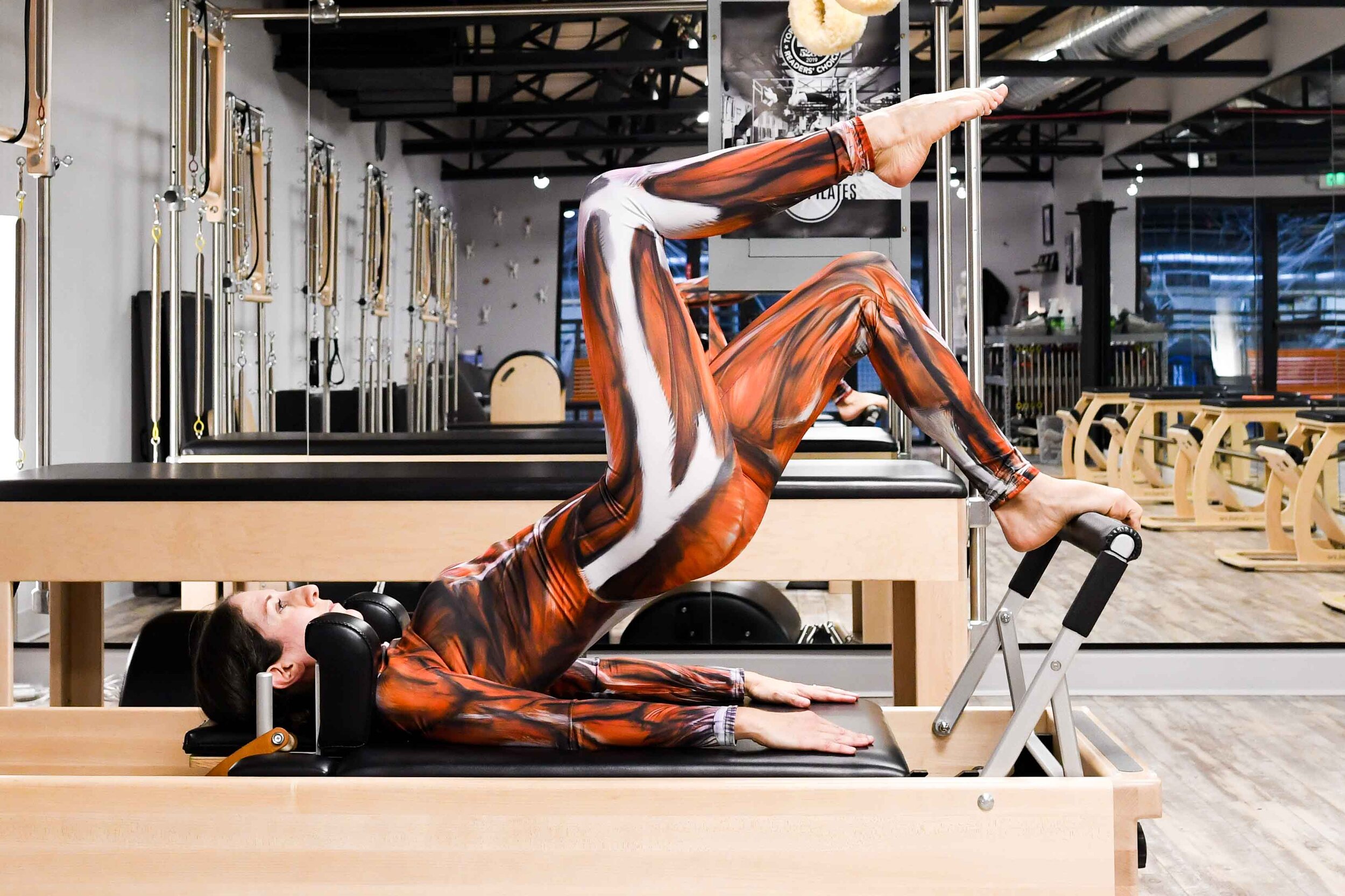“I’ve been cheating this whole time!” She was shoulder bridging and finding how her hamstring could do the work when she realized is was unlike any shoulder bridge she’d done before. And immediately, she thought she had cheated with her former versions. This is not the first time a client has said this.
This is my first swan on my first day of teacher training at The Pilates Center in 2015. That was the most extension I could get, but it was the best I could do at the time.
I need to clarify that in movement, there really is no cheating. You’re doing the best you can with the ability and knowledge you have.
Your nervous system is only capable of working within the boundaries you’ve set—the strength you have, the movements you’ve explored, the motor programs you’ve rehearsed. Then the brain brilliantly decides to use what is strong, mobile, and familiar. Thank goodness for that! In this way, movement is automated, freeing up the conscious mind so that it can focus on higher order tasks. You don’t have to think about how to get from point A to point B, but rather can think about more complex problems like what you’ll do when you get to point B.
However, in our society, we’re increasingly disconnected from our bodies. The focus is so intensely on our minds (hello standardized curriculum, so long PE!) while the tools available enable the mind to work by sacrificing the body (as I’m doing sitting here to write this post). We work the body less and less so the boundaries on our movement are increasingly narrow, even causing our bodies to signal distress via pain. Clearly our systems need re-education, and Pilates is just the tool for that.
Our job as Pilates teachers is to help bring awareness to your existing patterns and then expand your movement boundaries, teach you new possibilities, and help you reinforce new patterns. Along the way, we should use the method to also teach you self love, acceptance, and then exploration of new ways of moving and using your body. Your nervous system is doing the best it can with the resources it has. Only once you know better and practice it can you do better. But not knowing is not cheating.



